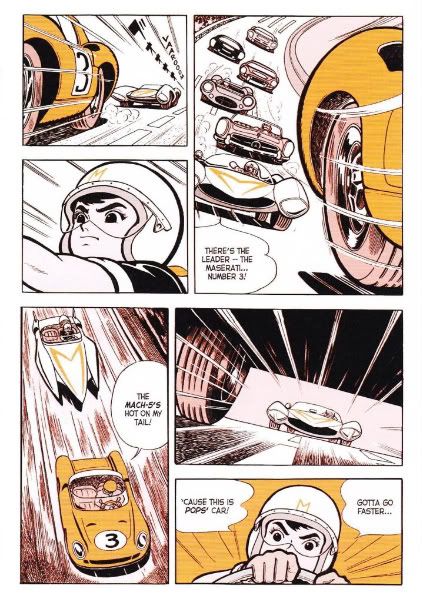
An arrogant surgeon who was unable to work after a terrible auto accident, Dr. Stephen Strange searched the world for a cure, ending up in the Himalayas asking advise from the mysterious Ancient One. Believing he could restore Strange, the old mystic declared him unworthy of the task, which left the doctor wandering aimlessly, before he discovered a plan to overthrow the ancient sage by his star pupil, Baron Mordo. When Mordo's plot is deftly defeated by Strange, the Ancient One relented and agreed to instruct and repair his soul rather than his hands, and eventually take on his mantle as Earth's next Sorcerer Supreme. Created for Marvel Comics anthology book, Strange Tales #110 in July of 1963, writer Stan Lee and illustrator Steve Ditko made this "Master of the Mystic Arts" not your usual superhero. Older and more worldly, the good doctor could travel the many realms of the universe in these surreal morality tales to accomplish amazing feats, that could even rock worlds with his new found sorcerer skills. Setting up in Greenwich Village area of New York City, assisted by his man servant Wong and lovely student Clea, there is no limit to the magical adventures Dr. Strange and his associates can encounter.










